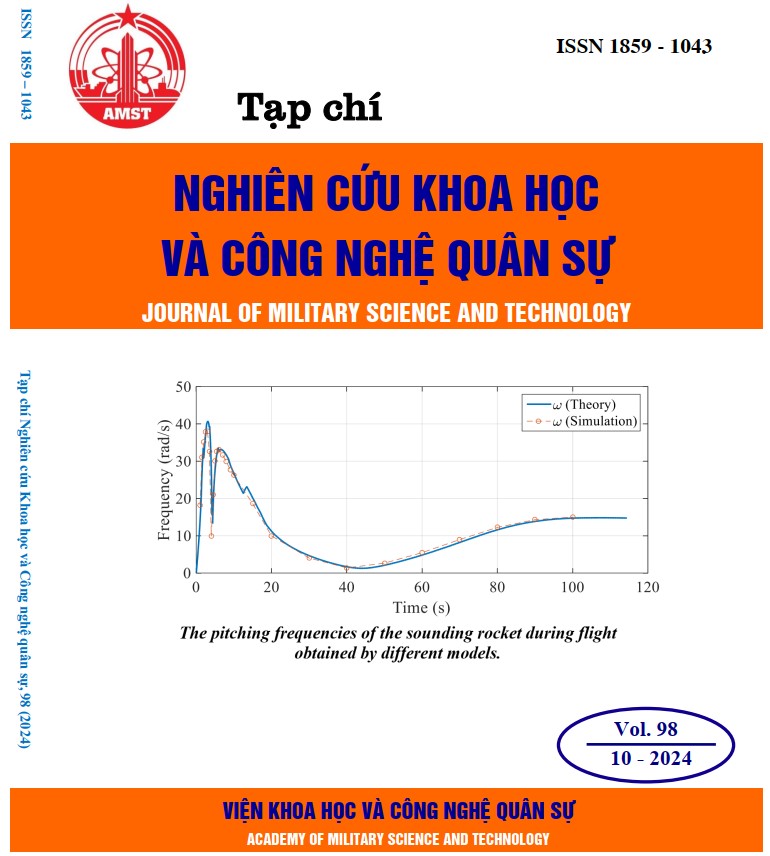Bridging communication with machine learning in sign language recognition for Vietnamese
684 viewsDOI:
https://doi.org/10.54939/1859-1043.j.mst.98.2024.139-145Keywords:
Vietnamese Sign Language; Sign language recognition; Deep learning model; KNN.Abstract
Vietnamese Sign Language (VSL) serves as the primary language for deaf and hard-of-hearing individuals in Vietnam. This paper explores the sign language recognition process for VSL, emphasizing the role of machine learning in bridging communication barriers. We delve into the basics of VSL, detailing the one-to-one correspondence between hand signs and Vietnamese alphabet letters and address the formation of words through sequential hand signals and diacritics placement. Furthermore, the paper highlights the importance of pausing between words and the utilization of machine learning algorithms for automated sign recognition. Lastly, we conclude by discussing the potential applications and future directions of VSL recognition technology in Vietnam.
References
[1]. A. Ghotkar, “Study of Vision Based Hand Gesture Recognition Using,” vol. 7, no. 1, pp.96–115, (2014). DOI: https://doi.org/10.21307/ijssis-2017-647
[2]. M. A. Almasre and H. Al-Nuaim, “A comparison of Arabic sign language dynamic gesture recognition models,” Heliyon, vol. 6, no. 3, p. e03554, (2020), doi: 10.1016/j.heliyon.2020.e03554. DOI: https://doi.org/10.1016/j.heliyon.2020.e03554
[3]. V. Bheda and D. Radpour, “Using Deep Convolutional Networks for Gesture Recognition in American Sign Language”, (2017), [Online]. Available: http://arxiv.org/abs/1710.06836.
[4]. B. Bagby, D. Gray, R. Hughes, Z. Langford, and R. Stonner, “Simplifying Sign Language Detection for Smart Home Devices using Google MediaPipe,” (2021), [Online]. Available: https://bradenbagby.com/Portfolio/Resources/PDFs/ResearchPaper.pdf
[5]. J. Shin, A. Matsuoka, M. A. M. Hasan, and A. Y. Srizon, “American sign language alphabet recognition by extracting feature from hand pose estimation,” Sensors, vol. 21, no. 17, pp. 1–19, (2021), doi: 10.3390/s21175856. DOI: https://doi.org/10.3390/s21175856
[6]. K. Gomase, A. Dhanawade, P. Gurav, and S. Lokare, “Sign Language Recognition using Mediapipe,” Int. Res. J. Eng. Technol., vol. 9, no. 1, pp. 744–746, (2022), [Online]. Available: https://www.irjet.net/archives/V9/i1/IRJET-V9I1133.pdf.
[7]. Duc-Hoang Vo, Huu-Hung Huynh, Thanh-Nghia Nguyen, and Jean Meunier. "Automatic hand gesture segmentation for recognition of Vietnamese sign language." In Proceedings of the Seventh Symposium on Information and Communication Technology, pp. 368-373. ACM, (2016). DOI: https://doi.org/10.1145/3011077.3011135
[8]. Duc-Hoang Vo, Huu-Hung Huynh, Phuoc-Mien Doan and Jean Meunier, “Dynamic Gesture Classification for Vietnamese Sign Language Recognition”, International Journal of Advanced Computer Science and Applications(IJACSA), 8.3, pp. 415-420, (2017). DOI: https://doi.org/10.14569/IJACSA.2017.080357
[9]. Anh H. Vo, Van-Huy. Pham, and Bao T. Nguyen “Deep Learning for Vietnamese Sign Language Recognition in Video Sequence”, International Journal of Machine Learning and Computing, Vol. 9, No. 4, (2019). DOI: https://doi.org/10.18178/ijmlc.2019.9.4.823







